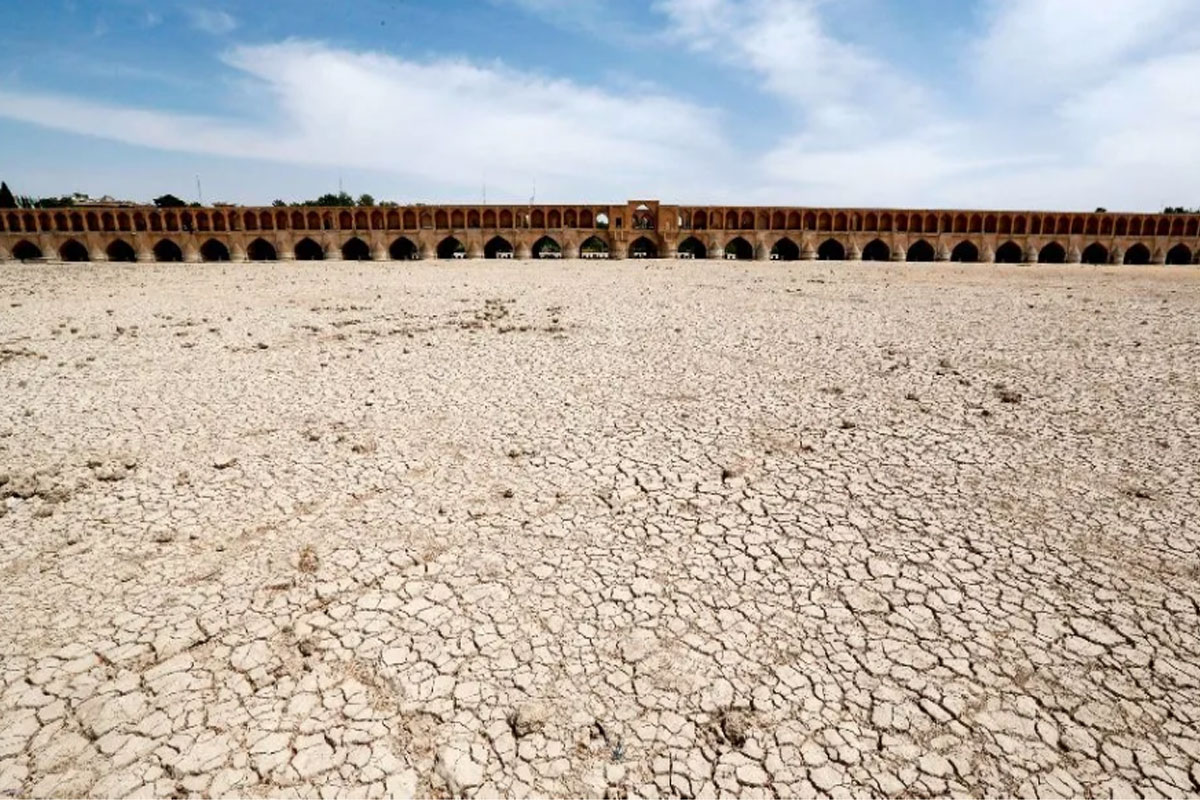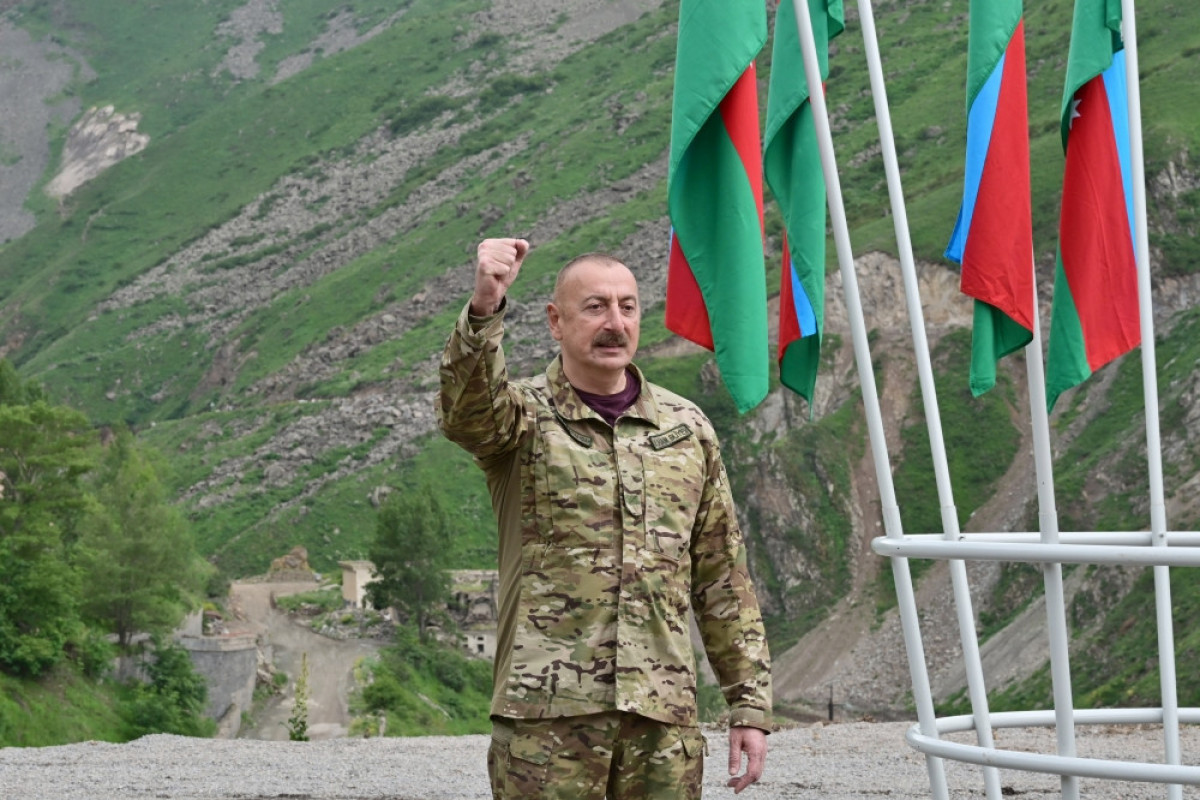Climate changes, mentioned by modern ecologists will, no doubt, effect the whole world. But some countries will be subjected to greater damage in comparison with others due to different reasons and on the background of it, current water reserves crisis will become a main issue.
The issue of ecology is a sensitive and main issue for Iran, condition of water reserves of the country already causes concerns. Environment Ministry of Iran has confessed real dangers of the country that were demonstrated in report of the UN in 2017 – increase in temperature, decrease in rainfall and available water resources. Even in 2021, Supreme Leader of Iran Ayatollah Khomeini promised to citizens that water will be a priority of leadership and it is not a coincidence.
It is noted in the report of Nature Scientific Journal on water crisis in Iran that more than 74 billion cubic meters of water were produced from water reserves in 2002-2015. There has been no such precedent until now. It has been noted that thousand years will be required for restoration by taking emergent measures. Hamshahri newspaper, published in Tehran, wrote on June 26 that Iran will face a severe water crisis in 2025, while shortage of water in 2040 citing Head of Natural Resources and Watershed Management Organization, Doctor Abbasali Nobakht. Geographically, Iran is located in the dry zone of the Earth, where temperature and precipitation are not high. It makes accessible water resources the most important limiting factor of development of country. Global researches show that increase in temperature by 1 degree in a climate zone such as Iran can decrease productivity by 10%, it certainly, effects both Iranian economy and food security. Water of the River Aras has been used as drinkable water in some provinces of Iran, in more detail, in Parsabad city in the north. Besides, water is widely used for economic purposes. There have been many riots in the country due to the water problem. For example, ten demonstrators lost their lives during large-scale actions that took place in May-June 2021, while hundreds of people were injured. Villagers in provinces such as Sistan and, Balochistan, Khuzestan were forced to slaughter animals and move to cities with weak conditions due to insufficient water resources for irrigation and domestic animals.

In this context, if Armenia continues to pollute Araz, this may lead to a ban on the use of river water for irrigation and drinking water. As a result, new riots are possible in the north of Iran.
Undoubtedly, the Iranian government is striving to prevent the problem of lack of water resources from becoming a cause of social unrest. However, in addition to natural climate changes, Iran's ecology is sufficiently affected by the pollution factor from neighboring Armenia. While the country struggling with a water crisis, forcing people to flee their homes and farms, Armenia makes the situation more complicated by continuing to pollute Iran's most important water source, the Araz River. According to Reza Ardakanian, Iran's Minister of Energy, Iran has been trying to stop the pollution process of Araz, one of the most important rivers in both Caucasus and Iran, by Armenia, but these efforts are not yielding results. Araz river is systematically polluted by Armenia.
In 2021, it became known that Iran and the Agarak Copper-Molybdenum Combine established a joint working commission. The commission was supposed to investigate the pollution of the Araz river by the mentioned enterprise. Notably, the Agarak Copper-Molybdenum Combine, which is the seventh largest taxpayer of Armenia, disposes its waste directly into the Mehri River, which flows into the Araz River.
Also, the fact of pollution of Okchuchay, a cross-border river, has been repeatedly raised by both Azerbaijan and Iran. Waste from Gajaran copper-molybdenum plant, as well as domestic wastewater, is discharged into Okchuchay, as a result, it leads to the increase of heavy metal compounds in the river. Mohsen Narimar, head of Araz Free economic zone declared in 2021 that Iran and Armenia will restore the activities of the working group on monitoring the pollution of the Araz river.
But although the countries conduct monitoring, and establish joint commissions, the most important river of the region is continued to be polluted due to the greed of Yerevan. Either Armenia does not consider environmental terrorism as a sufficient argument for building treatment plants, or simply cannot control the plants located on its territory.
It should be noted that official Baku has repeatedly expressed dissatisfaction with the irresponsible position of Armenia, which has brought the ecological situation of the region to a critical level. In recent months, during their visits to Iran, Azerbaijan's Foreign Minister Jeyhun Bayramov and Prosecutor General Kamran Aliyev discussed the problem of pollution of the Araz river by Armenia.
Iran is certainly taking steps to prevent the situation from getting worse, but is it enough? And will Iran be able to fight alone with both the economic crisis and the pollution by Armenia and the consequences that will follow? Lack of water resources can lead to conflicts both inside and outside the country, as Iran's other neighbors also face the same problem.
In this case, a legitimate question arises for the Iranian government. When it will take active measures in relation to Armenia, which pollutes the fresh waters of the Caucasian rivers?







